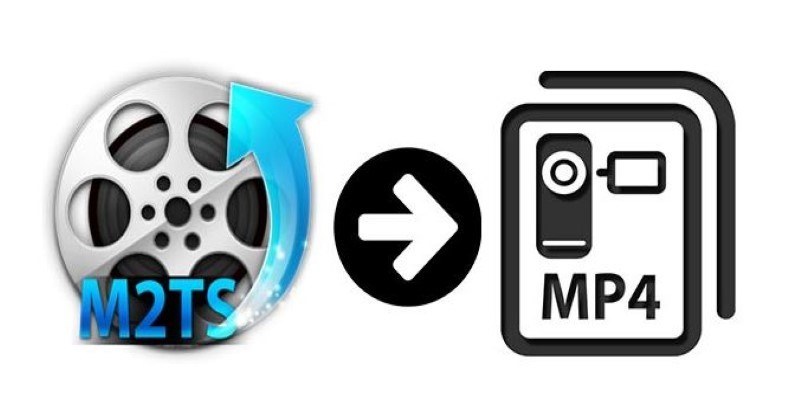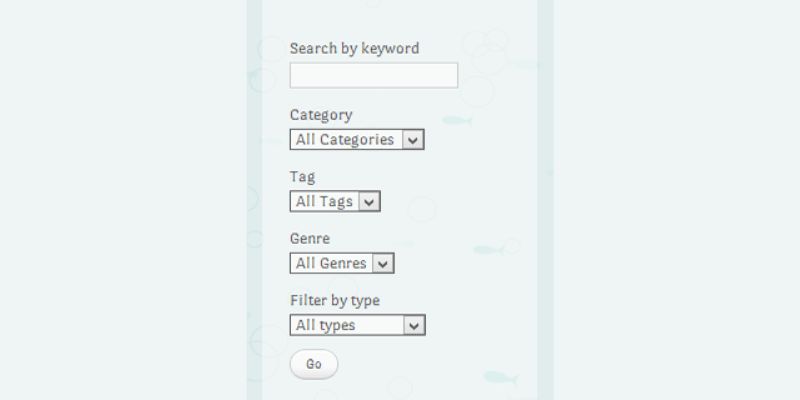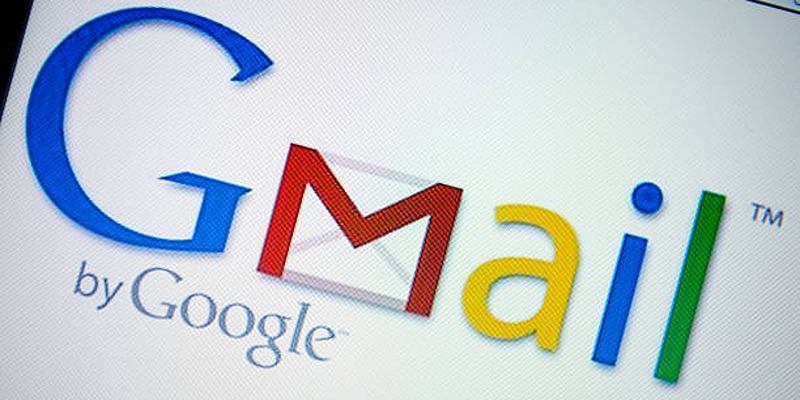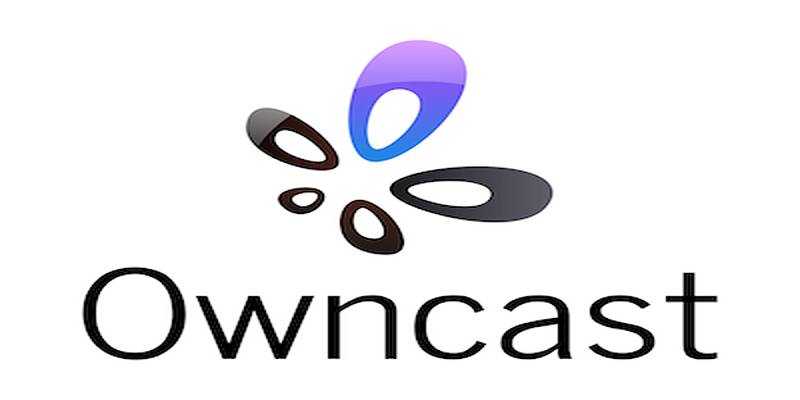Discover How ActiveCampaign Reduced Its Churn Rate to 6% in 90 Days
Advertisement
In today's competitive market, customer retention is more critical than ever. Companies that understand how to manage and reduce churn can ensure their growth and stability in the long run. One standout example of successfully reducing churn is ActiveCampaign, which cut its 90-day average churn rate to just 6%. In this article, we explore how ActiveCampaign achieved this impressive feat, the strategies they implemented, and the key lessons businesses can learn from their experience.
What Is Churn Rate?
Churn rate, often referred to as attrition, is the percentage of customers who stop using a service or product over a set period. It's a critical metric for subscription-based businesses or companies that rely on long-term customer relationships. A high churn rate indicates that customers are leaving, which can be a sign of dissatisfaction, lack of engagement, or better alternatives in the market.
Reducing churn is essential for maintaining a stable revenue stream and minimizing the need for constant customer acquisition efforts. For SaaS businesses like ActiveCampaign, keeping customers engaged and satisfied is crucial to business sustainability and growth.
Why Is Churn Rate Important for SaaS Companies?
For SaaS (Software as a Service) companies, reducing churn is particularly important for several reasons:
- Revenue Stability: SaaS businesses often rely on recurring revenue. A high churn rate disrupts this revenue stream and makes it harder to predict future income.
- Customer Lifetime Value (CLTV): The longer a customer stays with a service, the higher their customer lifetime value. Reducing churn means more revenue per customer in the long term.
- Growth and Scaling: When churn is reduced, scaling the business becomes easier. With a solid base of loyal customers, businesses can focus on attracting new ones instead of constantly replacing lost ones.
How ActiveCampaign Reduced Its Churn Rate?
ActiveCampaign, a leading email marketing and automation platform, reduced its churn rate by employing effective strategies, tools, and customer-centric initiatives. Here are the key steps they took to achieve a 6% churn rate over 90 days:
- Focus on the Onboarding Experience:
A well-crafted onboarding process is crucial in helping new customers understand the product's value. ActiveCampaign revamped its onboarding process to ensure users could get started quickly and see immediate value from the platform. They ensured every new customer had access to personalized onboarding sessions, tutorials, and guided walkthroughs.
This proactive approach helped users understand the product and reduced the chances of early churn due to confusion or frustration.
- Implemented Customer Feedback Loops:
ActiveCampaign listened to its customers through surveys, user feedback, and support tickets. By actively asking for feedback and addressing pain points quickly, the company demonstrated that it valued its customers' opinions.
They continuously analyzed this feedback and adjusted the product, customer service, and communication accordingly. ActiveCampaign used this feedback to enhance its platform and address customer concerns, improving customer satisfaction.
- Proactive Customer Support:
ActiveCampaign's customer support strategy was a game changer. They focused on proactive support rather than waiting for customers to reach out with problems. They anticipated common issues and provided resources such as help articles, video tutorials, and FAQs.
Additionally, ActiveCampaign introduced live chat support, ensuring that customers could get real-time assistance for any technical issues or questions. This proactive approach minimized frustration and improved the customer experience.

- Personalizing Customer Interactions:
Personalization is a powerful tool in reducing churn. ActiveCampaign leveraged customer data to tailor interactions and make their customers feel valued. They used automation to send personalized emails and messages based on each customer's usage patterns, behaviours, and preferences.
They fostered stronger relationships by making each customer feel understood and catered to, leading to lower churn rates.
- Introduced Data-Driven Retention Campaigns:
ActiveCampaign took a data-driven approach to its retention efforts. They analyzed customer data to identify trends in customer behavior, such as which features customers used most often, which were underused, and which customers were at risk of leaving.
Using this data, they created personalized retention campaigns that focused on engaging at-risk customers and encouraging them to continue using the platform. These campaigns offered incentives or helpful resources to keep customers onboard.
- Improved Product Value and Features:
Keeping customers engaged requires continuously improving the product. ActiveCampaign invested heavily in product development, regularly adding new features. These updates were driven by customer feedback and industry trends.
They also ensured that the product's value proposition was communicated to customers so they understood why the platform was indispensable for their business.
- Creating a Strong Community and Support Network:
ActiveCampaign also fostered a community around its product. Creating user forums and support groups, and hosting webinars gave customers a sense of belonging and ownership. These initiatives created strong customer loyalty and allowed users to exchange knowledge, which enriched their overall experience.

Key Takeaways for Other Businesses:
ActiveCampaign's success in reducing churn offers several valuable lessons for other businesses looking to improve customer retention:
- Invest in Onboarding: Make sure new customers have the resources and support they need to succeed.
- Act on Customer Feedback: Regularly ask customers for feedback and use it to make informed improvements to your product or service.
- Proactive Support: Don't wait for customers to reach out with issues. Anticipate problems and address them before they escalate
- Personalization Matters: Use customer data to personalize interactions and offer a tailored experience.
- Leverage Data for Retention: Use data to identify at-risk customers and create targeted campaigns to retain them.
- Invest in Product Development: Regularly update your product and ensure it delivers value that customers can't get elsewhere.
- Build a Strong Community: Encourage user engagement and create a support network where customers can share knowledge and experiences.
Conclusion
Reducing churn is a multifaceted challenge, but ActiveCampaign's strategy shows significant improvements can be achieved through onboarding, proactive support, personalized interactions, and constant product development. By taking these steps, ActiveCampaign reduced its churn rate to just 6% in 90 days—an impressive feat for any SaaS company.
If you want to reduce churn and improve customer retention, consider applying some of Activecampaign's strategies. Start by improving your onboarding experience, gathering customer feedback, and offering personalized support. A well-rounded approach can go a long way toward keeping your customers satisfied and loyal.
Advertisement
Related Articles

Something You Need to Know about Converting Video to WMV

The Ultimate Guide to Converting M2TS to MP4 (3D Plus) for Easy Viewing

Top 5 4K Monitors You’ll Love for Gaming, Work, and Beyond

How To Add An Advanced Search Box In WordPress Using Facetious: A Guide

7 Best Online Tools to Create Picture and Video Collages

How to Upscale Video Resolution and Reduce Noise: 10 Effective Methods

How to Convert FLV to MP4 for Free: Top Tools and Easy Methods

Convert MKV to iPad Free and Fast with These Top Tools

Step-by-Step Guide to Creating a Group in Gmail

Translation and Codec Features Arrive in New Owncast 0.2.2 Release

Best Video Makers for iPhone: Complete List of Top Editing Tools

 novityinfo
novityinfo